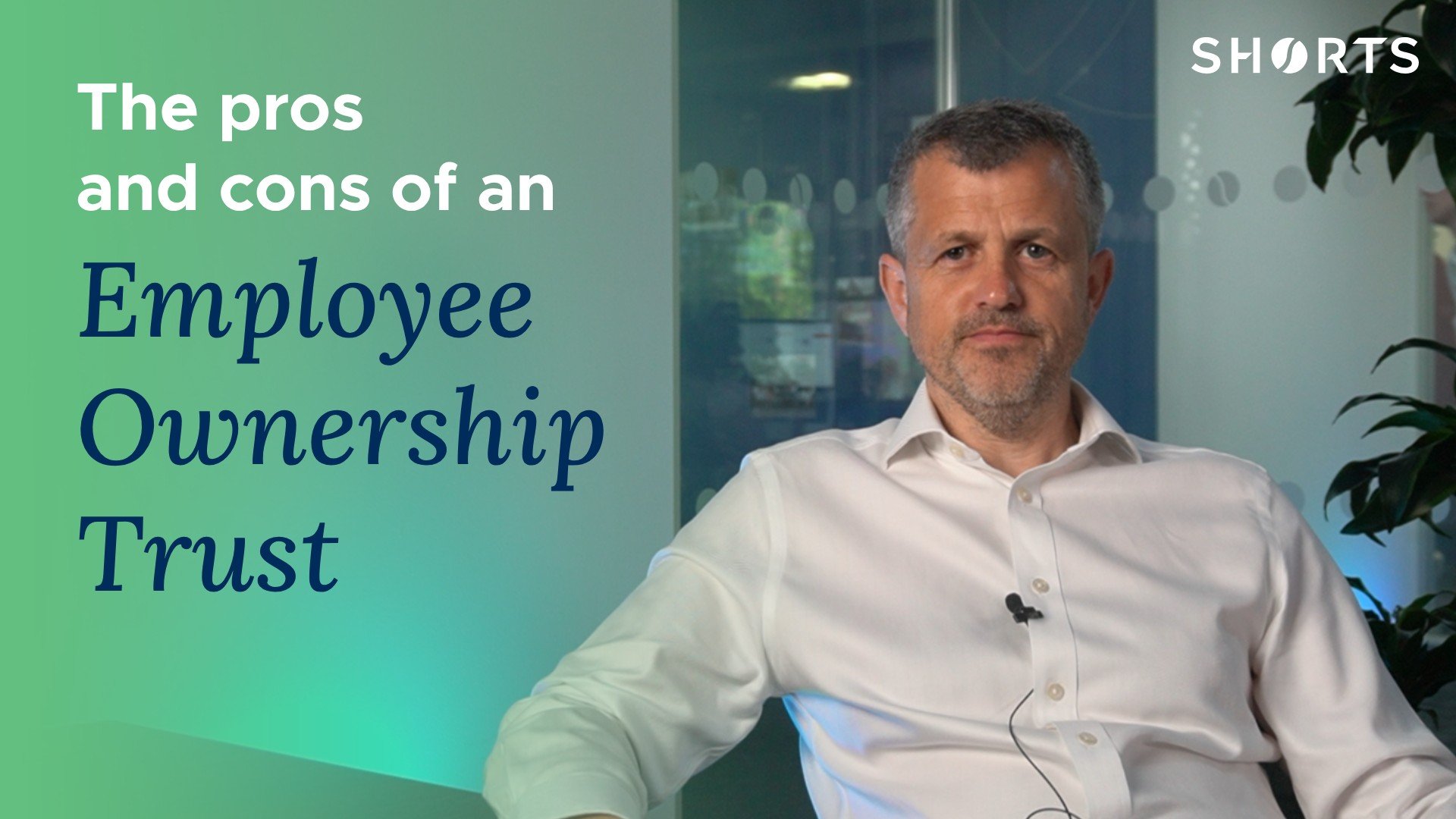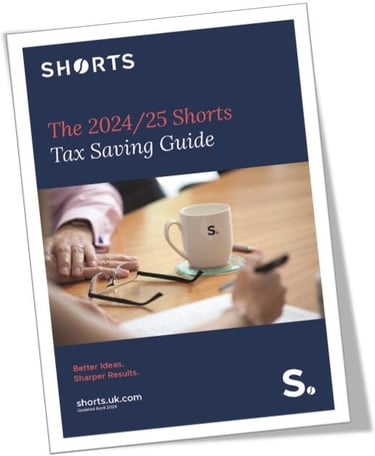
Employee Ownership Trusts, or EOTs, are becoming increasingly popular and there are many great reasons why an EOT can be a fantastic succession planning solution. However, as with all exit planning routes, there are also some disadvantages of employee ownership and therefore it may not be the right choice for every business.
Firstly, let’s look at the advantages of an EOT:
EOT advantages
For the employees
- For employees, EOTs can provide a sense of real ownership and pride in their work, as well as a financial stake in the success of the company.
- Employees can be directly rewarded for their hard work with annual tax-free bonuses of up to £3,600 where the qualifying criteria are met.
- EOTs can also help to improve employee retention and attract the best new talent.
For the business
- EOTs are often mentioned in research as being more resilient to economic downturns than other types of businesses. This is because employees are more likely to stay with the company during tough times, and they are more likely to work hard to make the company successful.
For the exiting owner/shareholder
- When selling your controlling stake to an EOT, you are guaranteed the full market value for your shares, subject to independent valuation.
- Unlike a trade sale, you also gain certainty of exit in a clearly defined and relatively short time frame, meaning the whims of trade buyers cannot impact or delay the sale.
- Succession can be implemented over a period of time, and the previous owner can (if desired) retain a level of involvement to smooth the transition to a new ownership structure.
- You can also exit the business with assurances your employees are looked after, and that their jobs are safeguarded following the transaction, preserving the legacy of the business. An EOT appeals to altruistic owners and rewards the loyalty of employees who have helped the business succeed.
- The legal documents are more straightforward than with other exit routes and generally leave the selling shareholders with fewer on-going legal responsibilities.
- If the right conditions are met, the seller will benefit from 50% EOT relief on the main rate of Capital Gains Tax, giving an effective Capital Gains Tax rate of 012%.
Now let’s consider the potential problems with Employee Ownership:
EOT disadvantages
There are specific scenarios when an EOT may not be right for your business, including:
Valuations
The valuation the shareholders sell for will be certain, but the amount may be lower than they could successfully negotiate with a strategic trade buyer who is willing to pay a premium price. Of course, there is no guarantee that a buyer willing to pay a price above market value will be out there.
Cash flow restrictions
Day one cash is restricted by the cash on the company balance sheet, enhanced by funds that can be raised from funders for the transaction. Deferred consideration generally makes up the remainder of the consideration and is paid over several years. In short, you won’t usually receive all the cash for your shares immediately.
Disqualifying events
HMRC has tightened the rules and there can be a disqualifying event if EOT conditions are not met for a period of four years following the transaction. The result of a disqualifying event is that the Capital Gains Tax EOT relief can be denied.
However, this is a tax anti-avoidance measure focused on EOTs undertaken for the wrong reasons and should not impact on the vast majority of well-advised EOT ownership transactions in the UK.
Size of the company
An EOT is sometimes not suitable for very small companies for three reasons:
- There must be a suitably experienced management team who, over time, can adequately replace the exiting shareholders to ensure the continuing success of the business.
- The EOT 5% rule: Shareholders with 5%+ must not make up more than 2/5 (40%) of the total employees. For example, if there were 4 shareholders holding greater than 5% each and only 9 employees in total, the percentage would be 44%. The sale to an EOT would not qualify for the 50% EOT relief.
- An EOT transaction is a relatively complex process, requiring significant legal and accounting assistance. Depending on your business value, it may not therefore be appropriate.
Overview of EOT benefits and disadvantages
|
Pros |
Cons |
|---|---|
|
Succession planning: Offers a structured and timely exit route for owners. |
Valuation: May yield less than a strategic trade buyer’s premium offer. |
|
Tax benefits: Sellers may benefit from 50% EOT Capital Gains Tax if conditions are met. |
Cash flow limitations: Immediate cash is restricted to company reserves and funding. |
|
Employee incentives: Annual tax-free bonuses up to £3,600 for qualifying employees. |
Deferred payments: Sellers often receive payment over several years. |
|
Legacy preservation: Ensures employees are looked after and jobs safeguarded. |
HMRC rules: Disqualifying events within 4 years can revoke tax benefits. |
|
Improved retention: Boosts morale and attracts talent through shared ownership. |
Complex process: Requires significant legal and financial advisory input. |
|
Economic resilience: EOT-owned firms often weather downturns better. |
Size limitations: May not suit very small companies due to management and shareholding rules. |
|
Simplified legal process: Fewer ongoing legal obligations for sellers. |
EOT 5% Rule: Shareholders with 5%+ stakes must not exceed 40% of total employees. |
|
Altruistic appeal: Rewards loyal employees and aligns with ethical business values. |
Not universally suitable: May not be the best fit for every business structure. |
How Shorts can help
I hope this article gives you a good feel for the advantages and disadvantages of an EOT. A sale to an EOT should be considered carefully as part of a review of your exit planning options. The sale of an owner-managed business is often an emotional as well as financial decision, and factors other than just valuation and tax are important.
Shorts is proud to be a member of the Employee Ownership Association, and if an EOT is your chosen route, we are here to guide you through every step of becoming an employee-owned firm.

Whether you want to contextualise the pros and cons of an EOT for your own business or are seeking additional detailed advice that’s tailored to you, speak to our Corporate Finance team today to get started or download our free EOT guide below.


Tags: Corporate Finance, EOT
